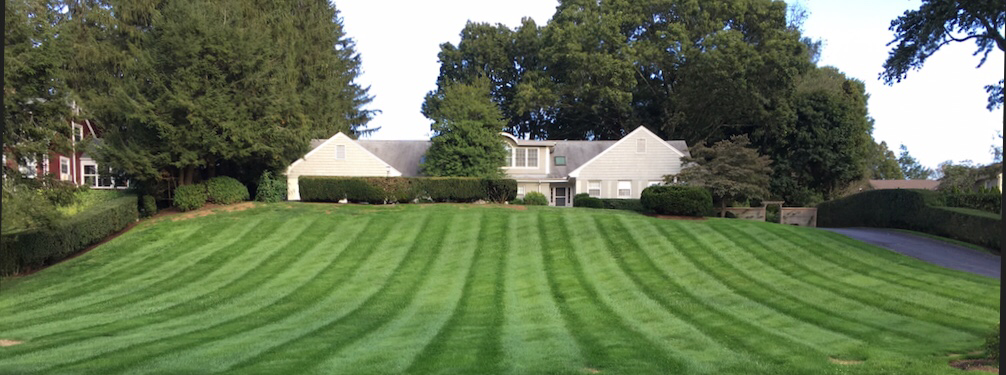 Perfect example of a toxic wasteland of American vanity. Lawns like these “look nice,” but eradicate life on this particular property and poison multitudes of ecosystems on their toxic pathway into the ocean. Added to all the other toxic lawns, toxic roadway runoff, and thousands of other sources of pollution, it’s no wonder insects, birds, and marine life are going extinct. ITS JUST NOT WORTH IT! It’s not SOMEBODY ELSE causing the Grande problemo, it’s US! Clover is NOT your enemy. It is NOT a weed. Chemical companies want you to think so though. They want you to buy their chemicals. Chemicals that you spend money on. Chemicals that you have to handle. Breathe. Get on your skin. Chemicals that have toxic residuals on your property (despite what they say). Chemicals that kill every plant-like organism on your property as well as the path the chemical takes after it leaves your property and winds its way from your town all the way into the ocean.Lastly, get this: Chemicals that are cousins of AGENT ORANGE!!! You really want to be associated with this behavior? I have for decades, and in light of the massive extinction of both insects and birds over the past fifty years, I reject the traditional vision of the "PERFECT LAWN." That vision needs to change if we are to hear chickadees chirping in the spring and see barn swallows swooping all over the place in the summer. Time has run out, and we need to become part of nature NOW, despite the laid back attitude of the ignorant climate deniers. If you really care about the future of our planet, WE need to change- do not wait for our pathetic government to make us change, this change needs to come from all of us individually. NOW. So why is clover so special? How does it work? How can it feed your lawn for free??? It’s not magic, but it is close. There’s a steamy illicit love affair between clover roots and a microbe, kinda like “you scratch my back, and I’ll scratch yours!” Click here for Wikipedia detail on this relationship. Thank Mother Nature for this brilliant mechanism- took millions of years for this process to evolve. YOU DO NOT NEED SCOTTS LAWN FOOD ANY MORE. Ever. link to a very interesting description getting into a little detail about the science behind the illicit relationship: https://en.m.wikipedia.org/wiki/Root_nodule NOTE: It is not good to feed a clover lawn with any fertilizer no matter how tempting it is to do so. Somehow, the clover and the bacteria recognize the increase in nitrogen and they cease the symbiosis, There is no gigantic sacrifice that you need to make to allow clover to be your lawn's friend. You can either let it take over your lawn where it is completely compatible with turfgrass, or you can overseed your lawn with clover for a faster, more uniform effect like I did in front of the nursery this fall. Clover seed costs $20/lb and covers 2,000 square feet on bare soil for a 100% clover lawn, or covers 3-4,000 sqft when used on a combination clover/turf lawn. Clover facts: Clover feeds your lawn for free from the time of application until the end of eternity. Clover outcompetes weeds, so NO MORE WEED KILLERS NEEDED, ever. Clover stays low and keeps turf shorter, requiring less mowing (less air pollution) Clover attracts endangered native insects with it's sweet nourishing flowers, and has no bad insects, so NO MORE LAWN INSECT KILLERS! 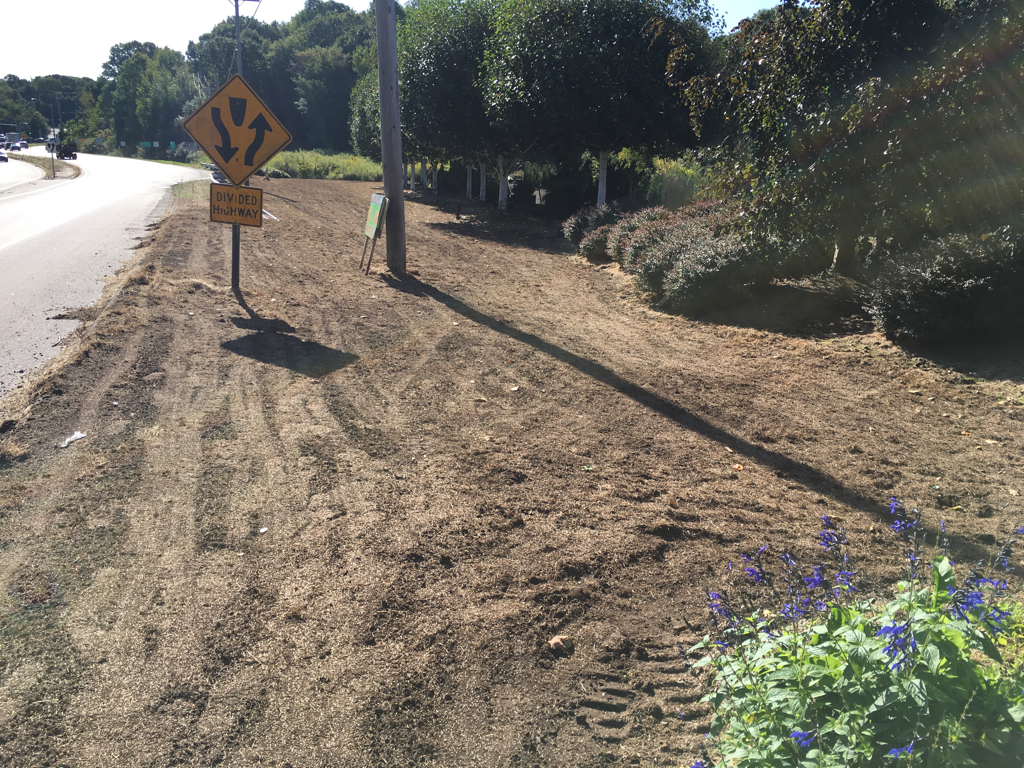 I sprayed the entire lawn with roundup to kill that poor excuse of a lawn. I then pulverized it with a bobcat, raked it out then seeded it with tall fescue. Clover is being applied on Monday. Many people are surprised that I use roundup- it's one of the very few chemicals that I use, and I use it almost every day, and have (and will) for about 40 years. Roundup is not supposed to be breathed, swallowed, or gotten on the skin. Don't do those things, and you'll be ok. In the environment, Roundup is sprayed on foliage to be absorbed systemically by the plant. It sticks to organic matter in the soil and will not leach sideways or vertically. Roundup is eaten by microbes in the soil so there is no residual. For me, roundup is a safe and effective tool that I will always use, but if you do not want to use it, that's your prerogative... so you will need to do the work manually or figure something else out. I have wanted a “perfect” lawn in each house I’ve lived in. Some were pretty nice, but never for very long when droughts, weeds, and insects had their way with all my efforts. A perfect lawn is essentially total warfare against Mother Nature... nothing is more unnatural than a perfect lawn. My vision of a perfect lawn included wide lawnmower swaths, weed-free, and deep green... mowed down to perfection. As time has gone on, though, I have realized that without a foot of pure topsoil, an irrigation system, and a nonstop barrage of toxic chemicals applied ALL THE TIME, a “perfect” lawn is impossible, unrealistic, environmentally unsound, and morally repugnant. My college education, decades in the business, and supervisors license for pesticide applications has helped me revise my opinion of what a “perfect” lawn looks like... from a modern day sterile lifeless monoculture to an alive, diverse, lively bustling environment sustainable and logical, not to mention- FREE. Sounds like heresy, but please hear me out. Backtrack a bit. If you want the traditional American perfect lawn, you gotta feed four or five times a year, crabgrass control, broadleaf weed killers, insecticides, and fungicides. Well-fed lawns need more frequent mowings, then all the weed whacker work around edges and beds. That’s a LOT of pollution you are spewing into the environment with no regard for what those chemicals do after application. Did you ever think about what happens after you put fertilizer on your lawn? Between rain and irrigation, only some of the fertilizer gets used in the turf soil environment. The rest is dissolved and runs it’s way down drains, streams, rivers, and then into salt water. The amount of runoff depends upon how rock hard your soil is. The harder the soil, the more you are polluting the ocean. Excess fertilizer from homeowner’s lawns probably contributes more to environmental degradation than all the coal burning power plants in our country. Millions of acres of American vanity killing ecosystems all over our country. Excess fertilizer runoff feeds algae which reproduce fast and eat up all the oxygen in water which in turn kills fish and other aquatic organisms. Not just in ponds but in the ocean too. Fertilizer is a killer of natural organisms,and you should care about that. The most common weed killer in use for homeowners is 2-4-D, a cousin of “Agent Orange.” Did you ever think about what happens to lawn weed killers after you put it out there on your lawn? I never did. I just assumed that it was safe for the environment because it was readily available. But it’s not safe. When weed killers are washed down after irrigation and rain, these diluted chemicals are responsible for attacking microbial invisible organisms that make up the bottom of the food chain. I do not know how far up the food chain 2-4-D kills microbes, single celled organisms, and misc plant life, but it is a very significant amount of toxins introduced into our natural environment by unknowing homeowners. 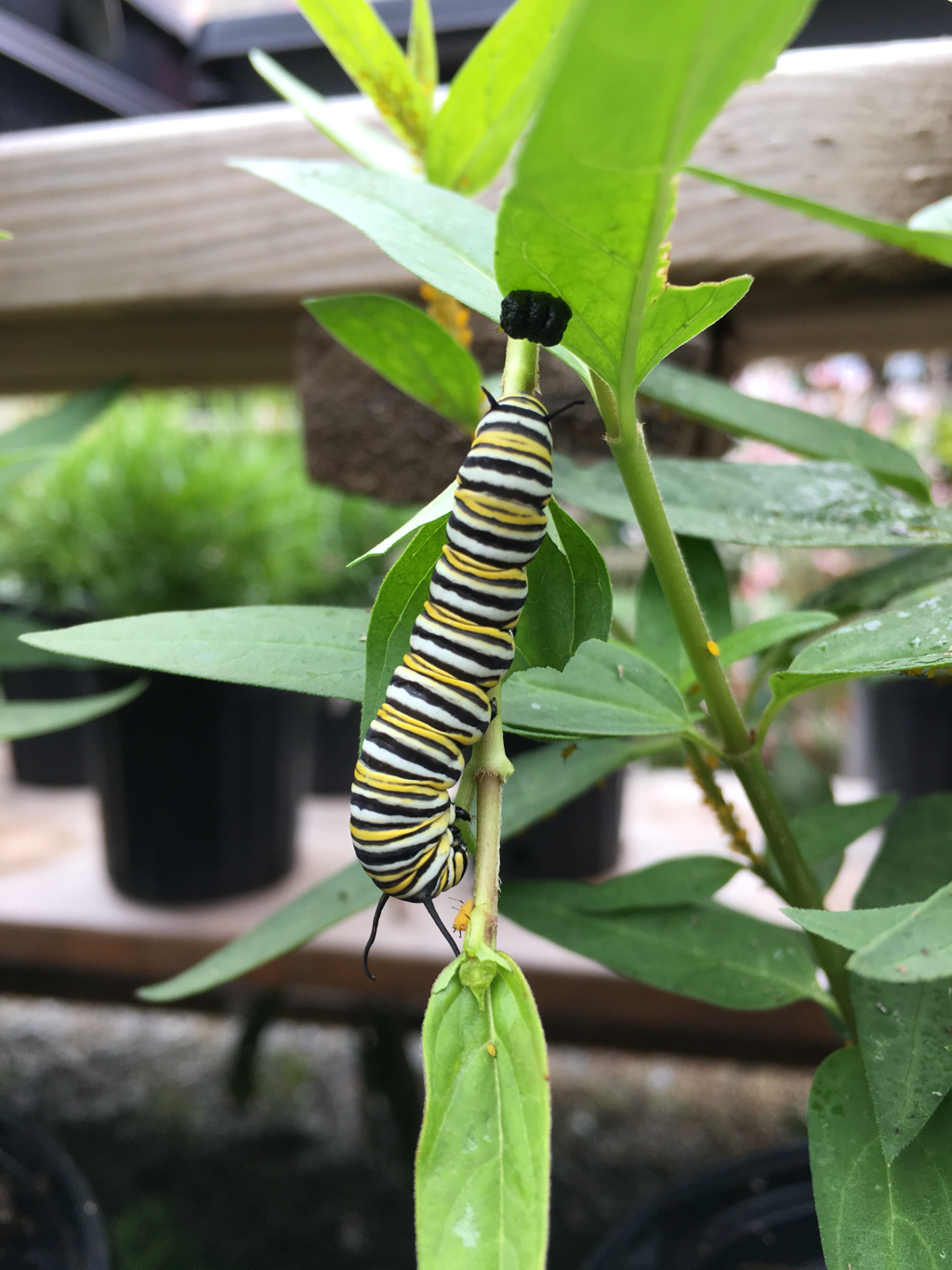 Monarch butterfly larvae chomping on asclepias at the nursery. 66% of monarch butterflies have disappeared since 1970 because of you and me living our anti-nature lifestyles. Everything humans do on a daily basis can be considered to be anti-nature. Humans are the enemy of all ecosystems world wide, and it may just be too late to do anything about it but we can try. Ever think about what lawn insecticides do in the environment after they kill all insects on your lawn? They get washed down into watercourses and kill microbes and other microorganisms all along the way. Invertebrates are affected also, in ways that probably just weaken them so some other environmental stress that wouldn’t normally hurt them- kills them. Its not just your lawn that’s involved, it’s everyones, millions of acres of weed killers, insecticides, fertilizers, oil/tire particle/transportation pollution runoff that cooks a toxic brew measured in parts per million. Not enough to see with the naked eye, but high enough to kill on a molecular level. Lawn insecticides are non-selective, they kill EVERYTHING. When they are applied to a lawn, they eliminate any natural food chain that may exist in your turf. Unintended insects are also killed (Think lightning bugs, preying mantis, ladybugs, etc). As they get diluted on their way into the ocean, they still kill but on a smaller and smaller scale with every mile travelled. Bottom of the insect food chain... but just as important as visible mammals like whales and lions. All life on the planet is important, not just the larger visible ones. I JUST saw this. Looks like I’m not the only one thinking about pollinators on the side of the highway!!!
link to article: https://www.google.com/amp/s/www.nytimes.com/2019/09/16/opinion/tennessee-wildflowers-nature.amp.html |
Winter hours-
|
Telephone(203) 261-3926
|

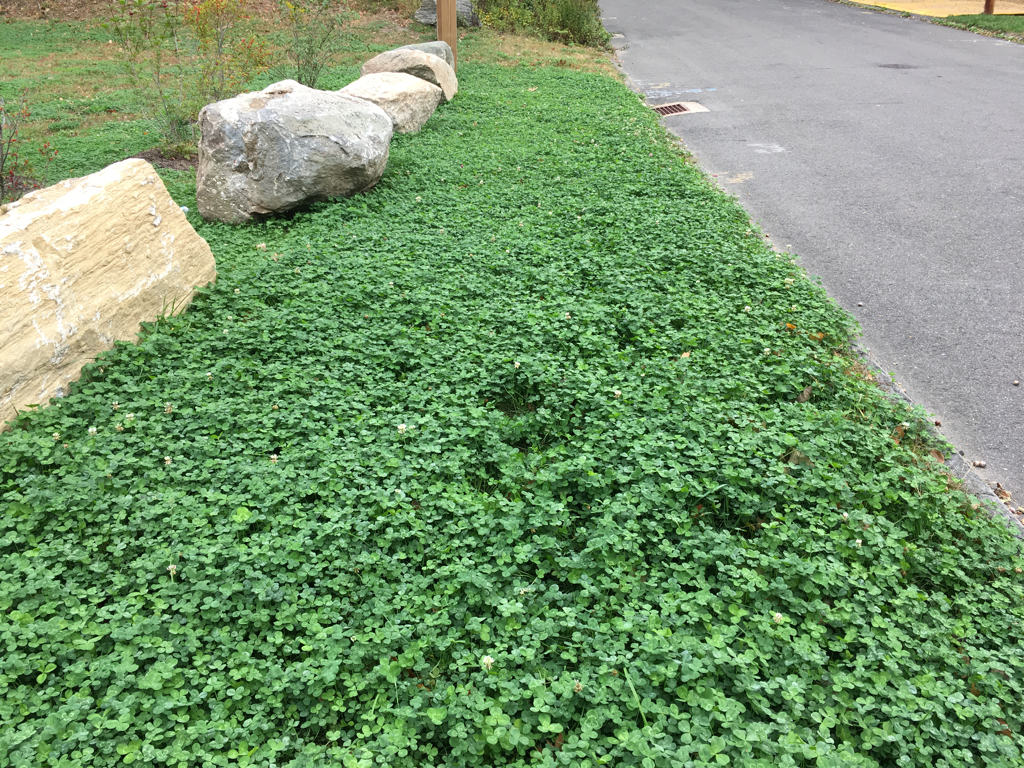
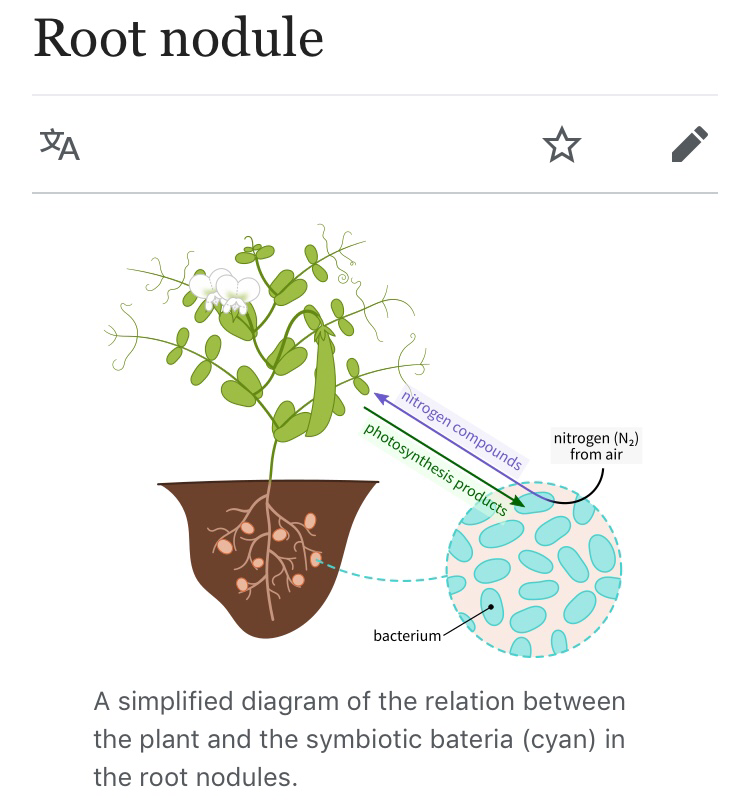
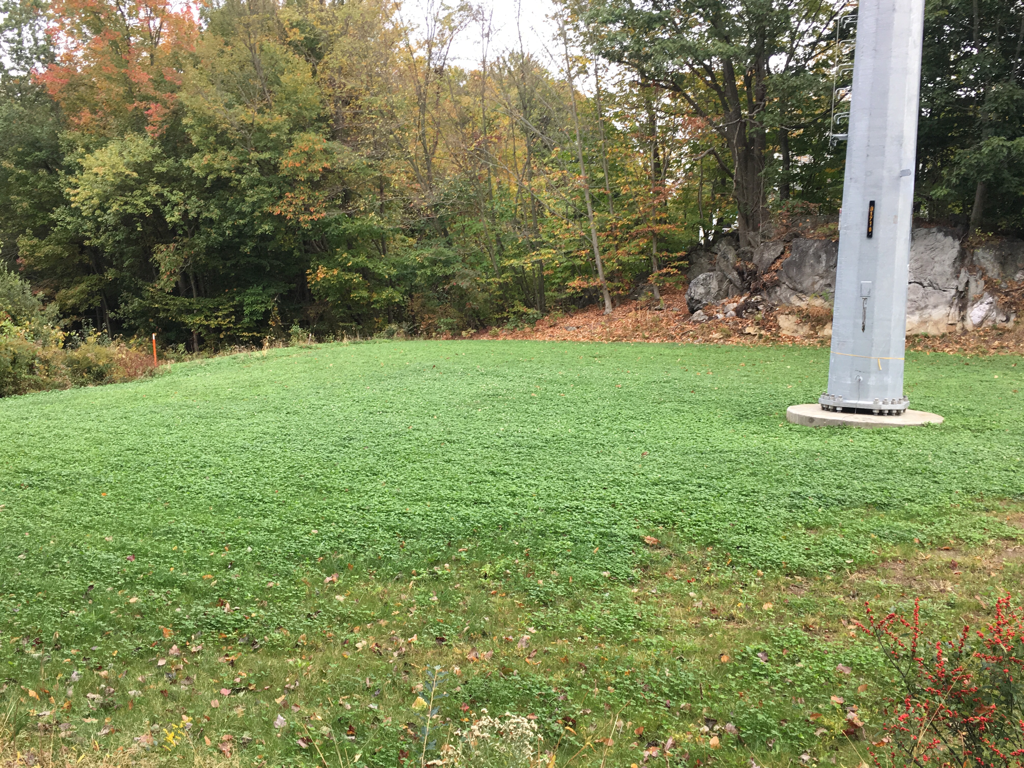
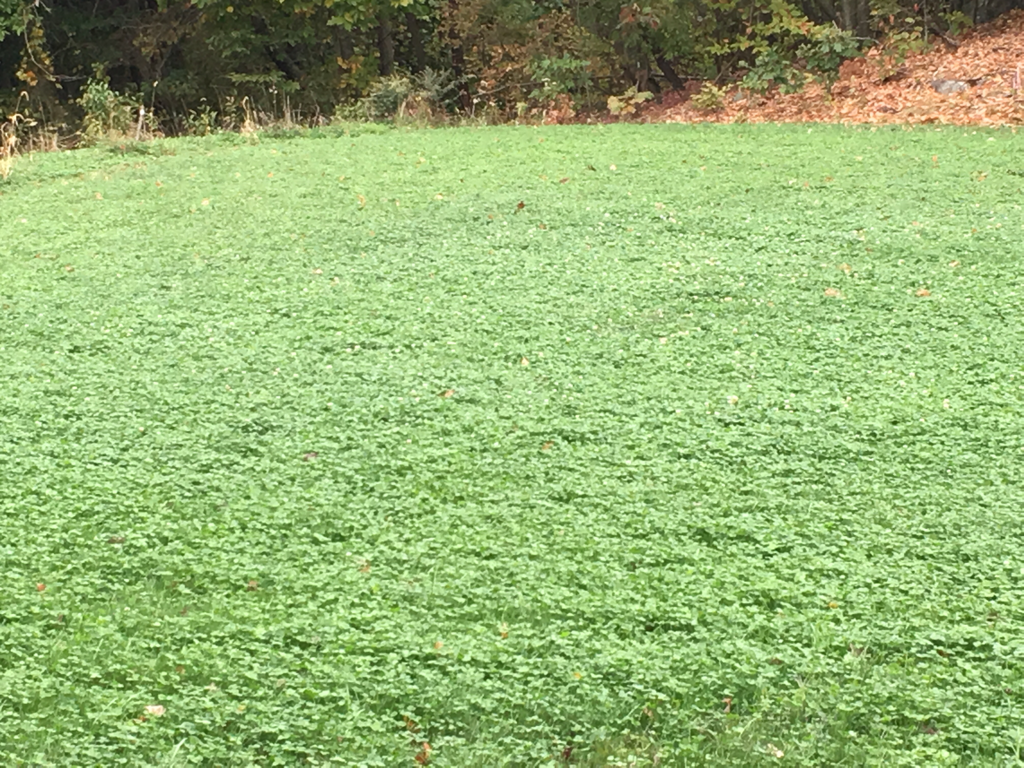
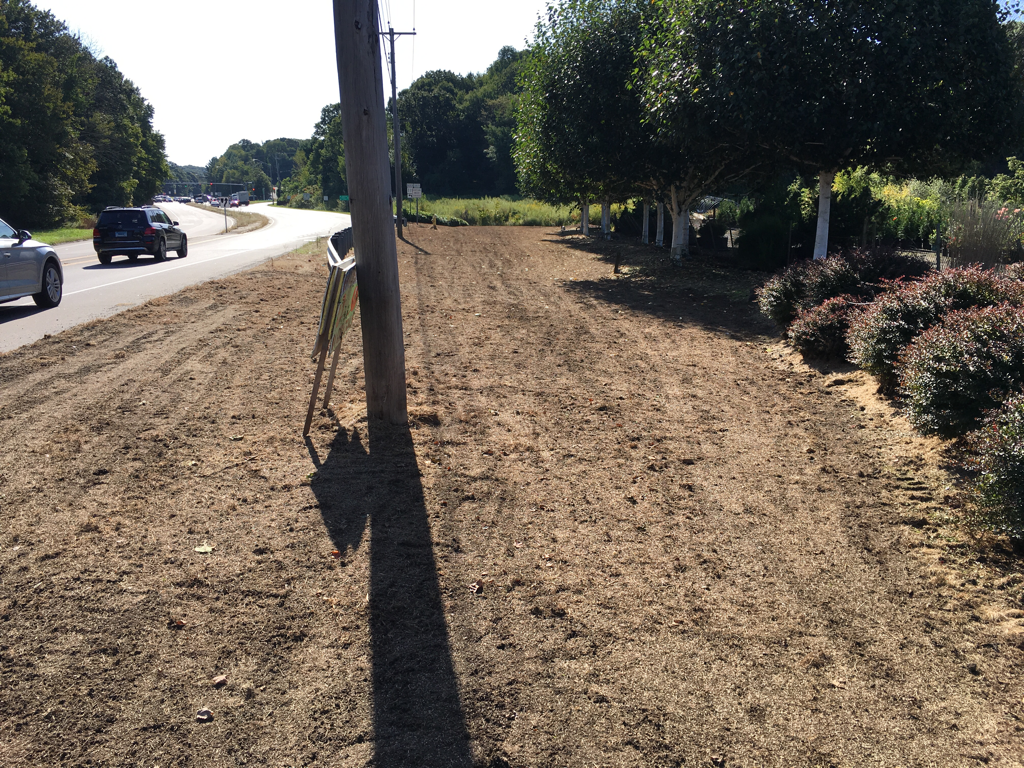
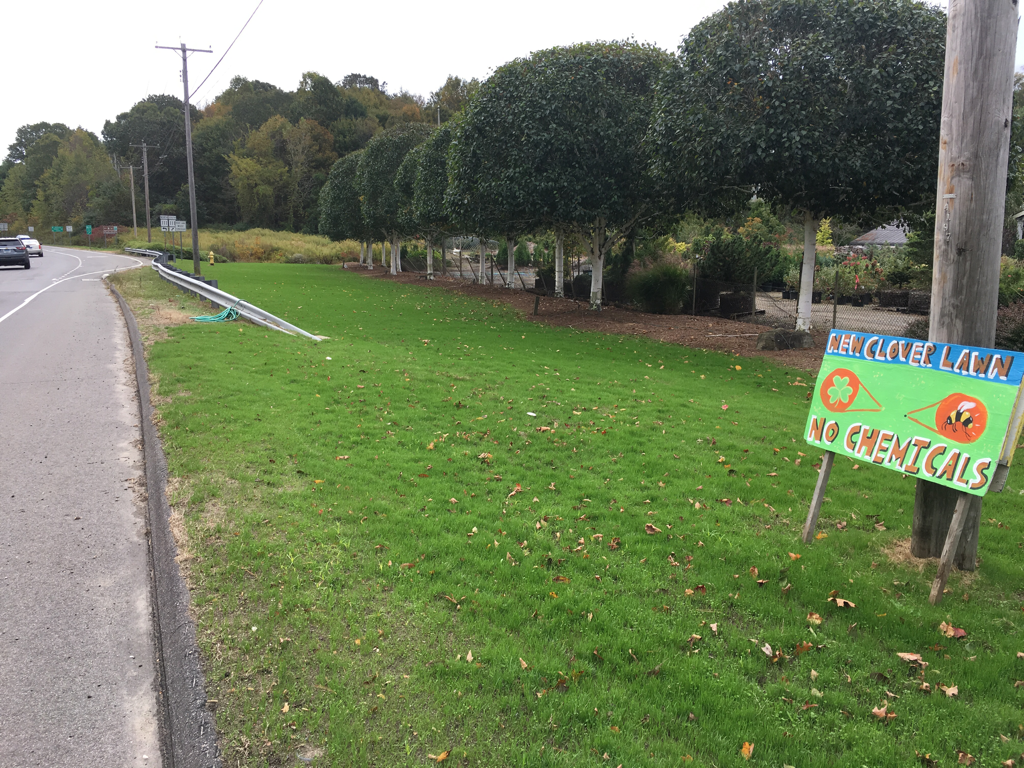
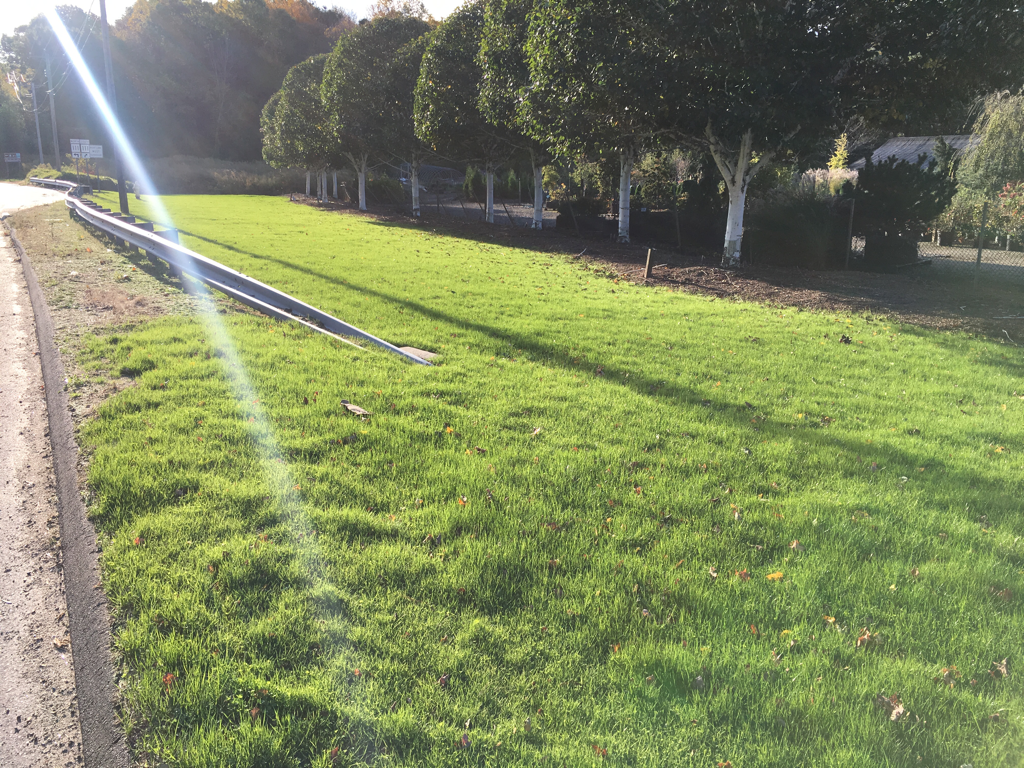
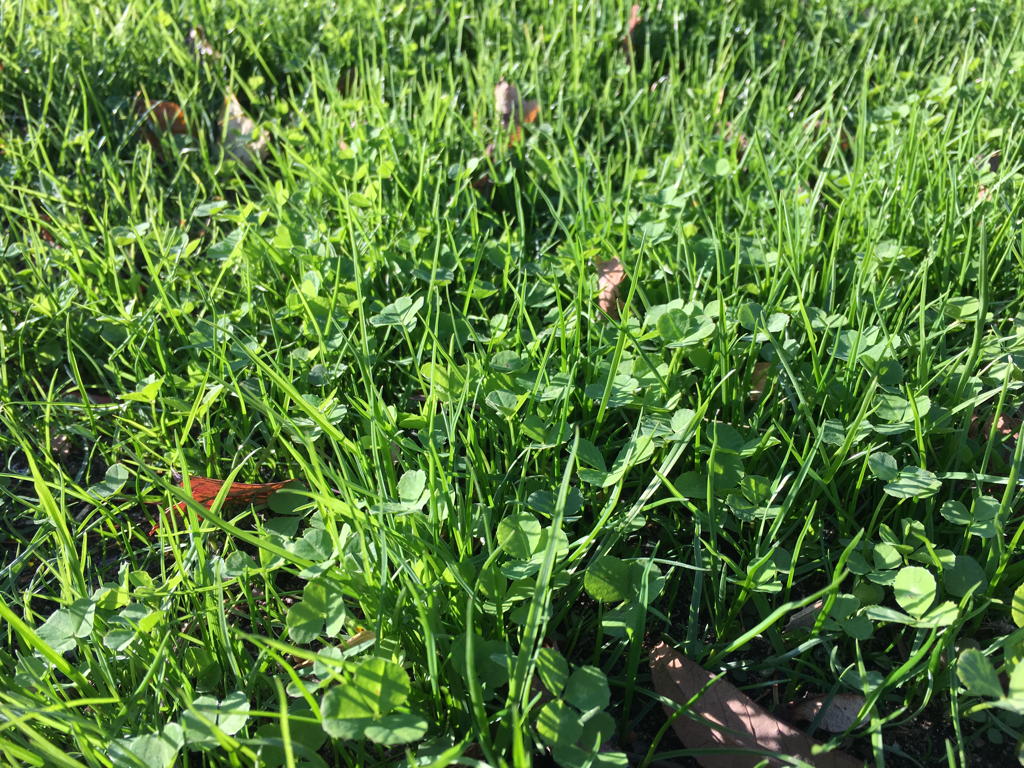
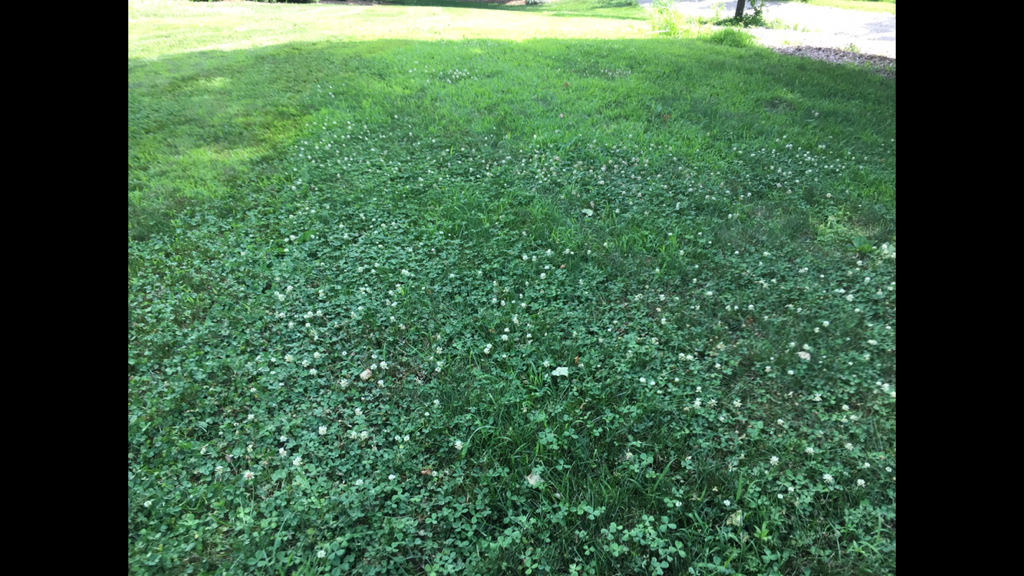
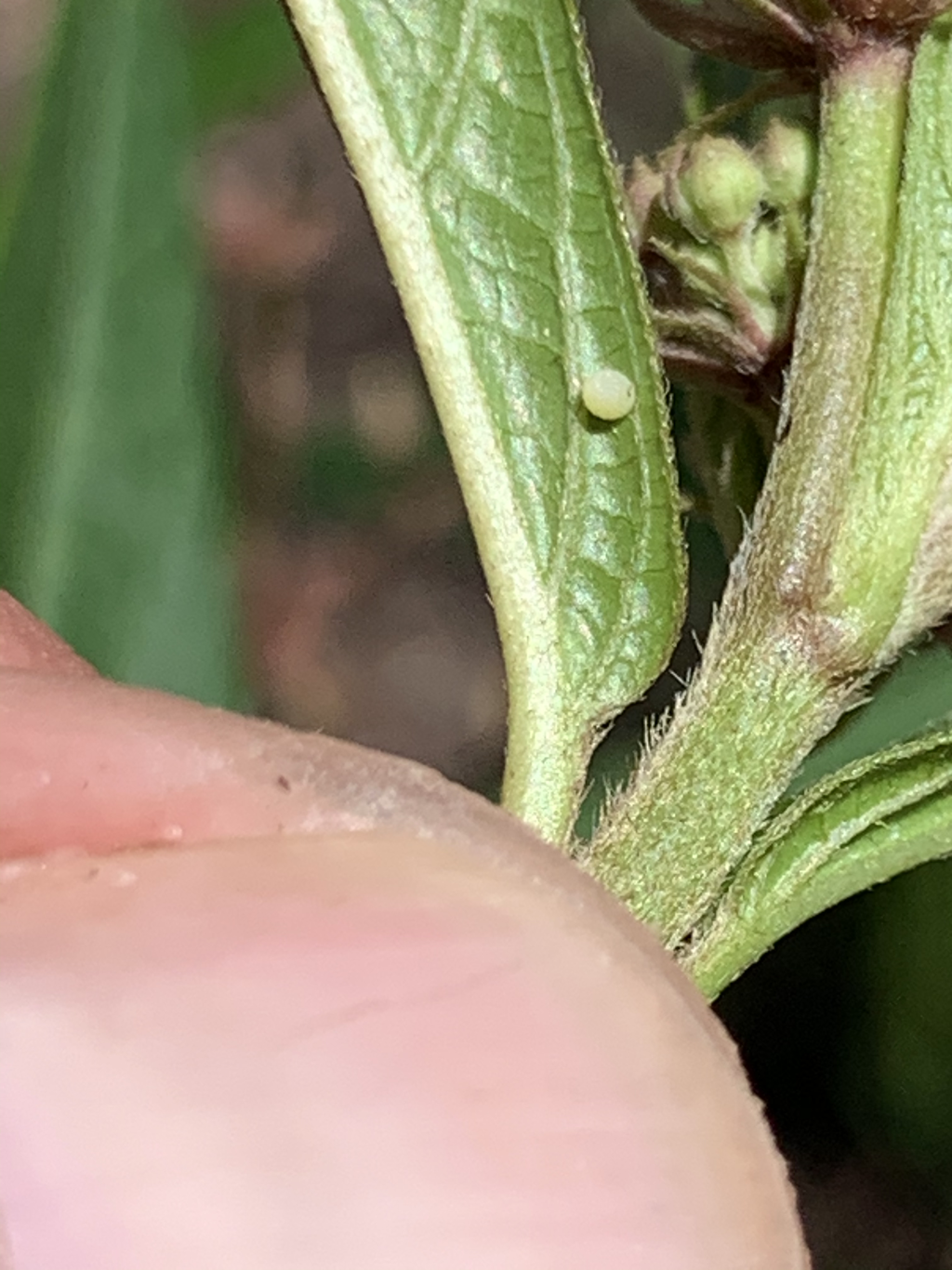
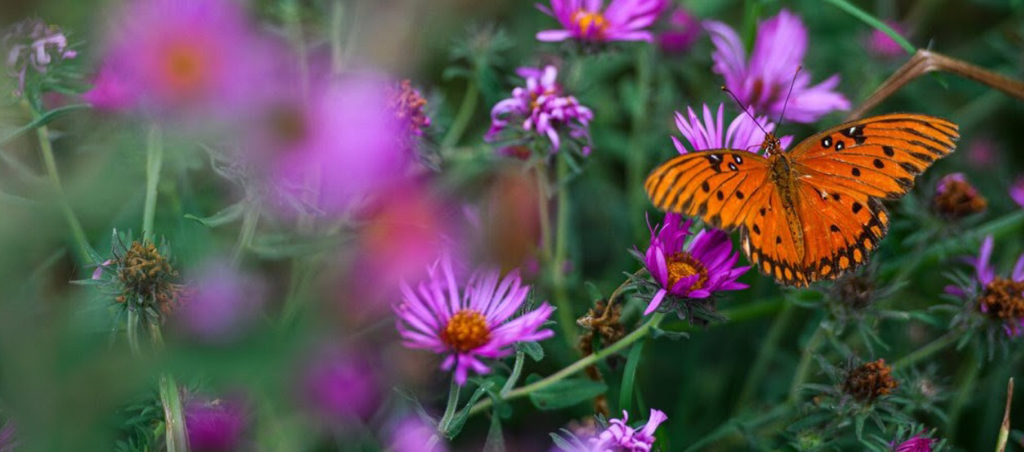
 RSS Feed
RSS Feed